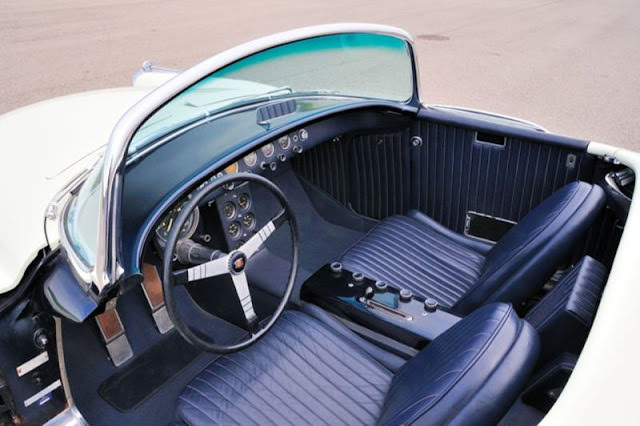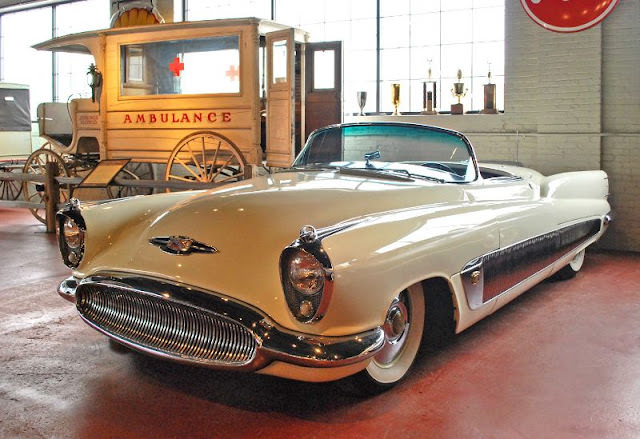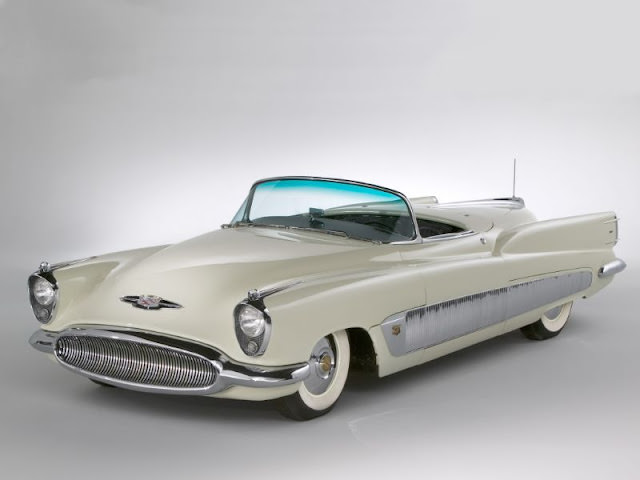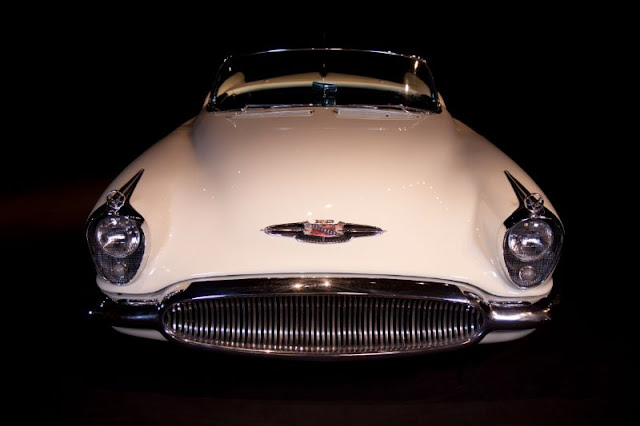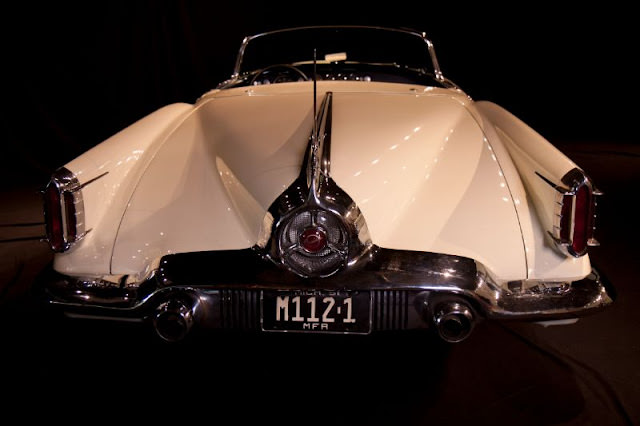In the early 1950s, the automotive world witnessed the unveiling of a vehicle that encapsulated General Motors’ vision of the future: the Buick XP-300. This concept car, initially designated the XP-9, emerged as a testament to innovation, design, and engineering prowess. Created alongside its counterpart, the GM Le Sabre, the XP-300 shared many mechanical components with it, but also stood out with its unique features and aesthetic appeal.
The Buick XP-300 was conceived in an era when concept cars were not just prototypes for future production models but also bold statements about a company’s technological capabilities and design philosophy. General Motors, under the guidance of legendary designer Harley Earl, embarked on the development of the XP-300 as part of its exploration into “long and low” design principles that would dominate the 1950s automotive landscape.
Design and Features
The XP-300’s design was striking, measuring over 16 feet (4,900 mm) in length, yet maintaining a height of only 39.1 inches (990 mm), embodying GM’s “long and low” aesthetic to perfection. Its sleek, aerodynamic body was not just about looks; it also housed an array of features that were revolutionary for its time.
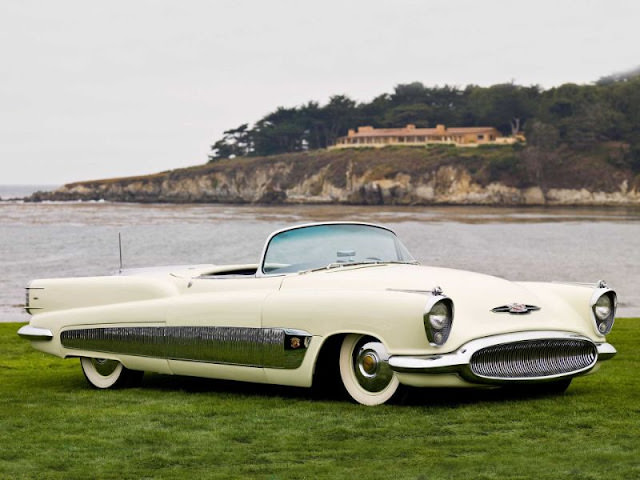
Power and Performance
Under the hood, the Buick XP-300 was powered by a 335-horsepower (250 kW) supercharged V8 engine capable of running on either gasoline or methanol, showcasing GM’s commitment to performance and versatility in fuel use. This powerhouse of an engine enabled the XP-300 to claim a top speed of 140 miles per hour (230 km/h) during testing, a remarkable feat that underscored its status as a performance-oriented vehicle.
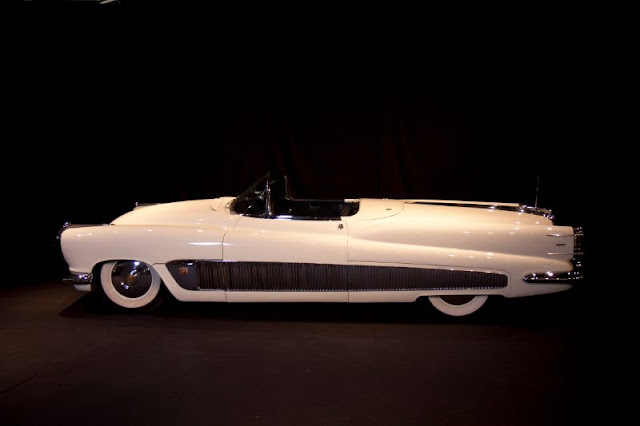
Technological Innovations
The XP-300 was packed with technological innovations that were ahead of its time. Push-button power windows and seats offered a glimpse into the future of car interiors, prioritizing convenience, and luxury. Meanwhile, its hydraulic jacks and de Dion axles highlighted GM’s focus on improving the driving experience and vehicle maintenance.
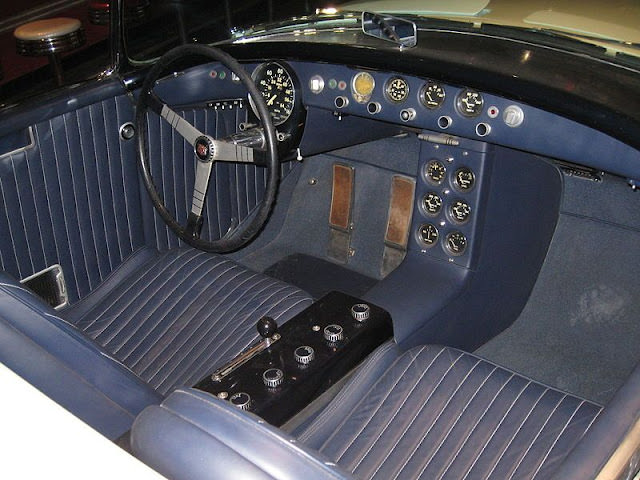
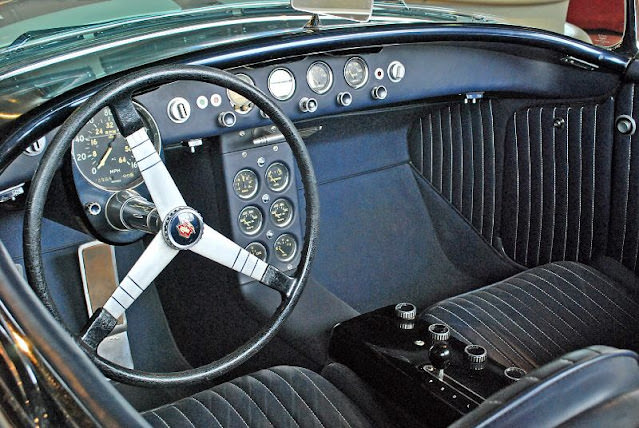
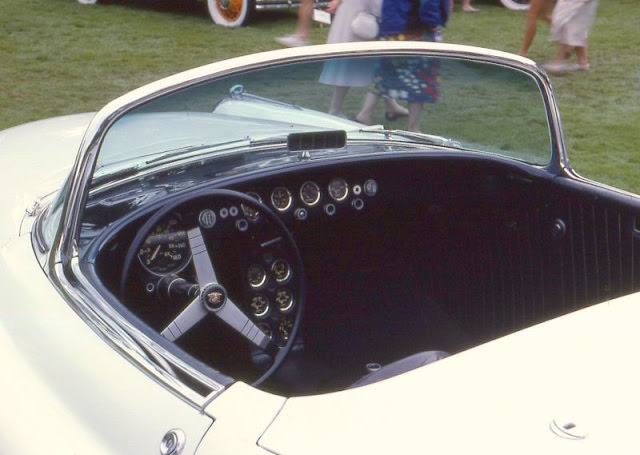
The Buick XP-300 was not just a laboratory on wheels; it was also a star at auto shows across the United States. From its debut at the Chicago Auto Show in February 1951 to its appearance on GM’s 1953 Motorama tour, the XP-300 captured the imagination of the public and industry insiders alike. It served as a tangible representation of GM’s vision for the future of transportation, combining performance, luxury, and innovation in one package.
